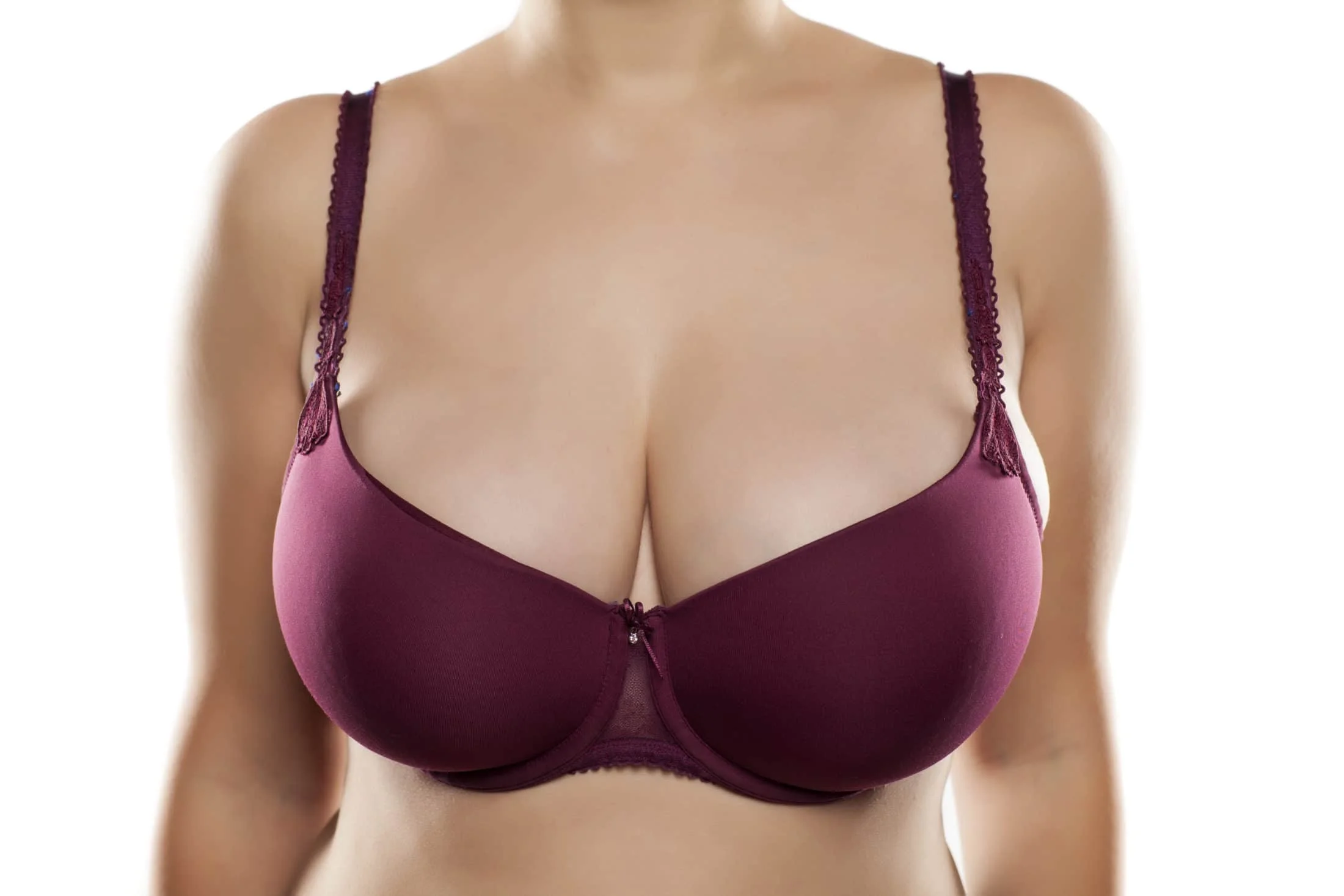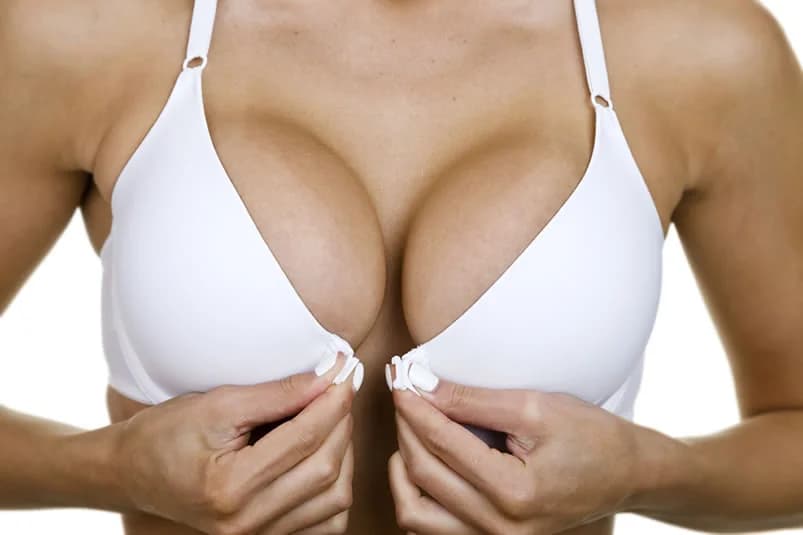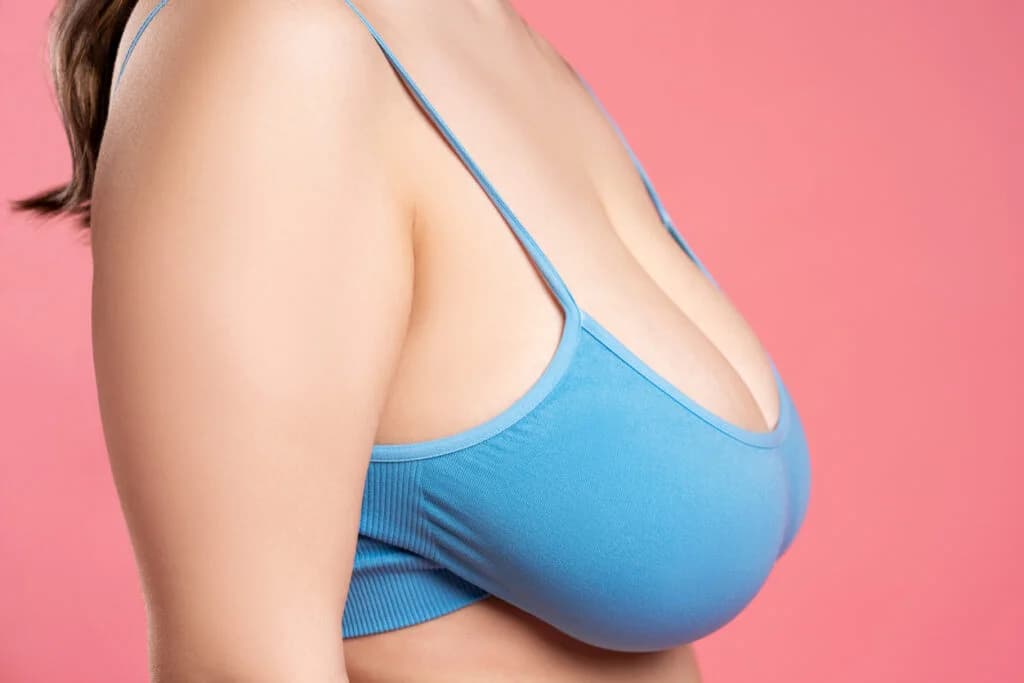A breast reduction (reduction mammaplasty) is a surgery used to remove fat, breast tissue, and skin from the breasts. For those suffering from large breasts, this surgery may offer comfort, and improve appearance and self-image. Some of these patients suffer physical discomforts such as back pain or neck strain.
What Is Breast Reduction Surgery?
By removing excess fat, skin, and tissue from large breasts, a breast reduction surgery can reduce your breast size by one or two cup sizes. Focusing on reshaping your bust, this surgery may impact your quality of life. A breast reduction surgery is ideal for those back and neck strains caused by excessively large breasts.

What Are the Types of Breast Reduction Procedures?
Your surgeon will offer you the best breast reduction technique for your ideal outcome. Some of the most common breast reduction procedures include:
Pedicle method: Your surgeon will leave a pedicle (attached tissue graft) with nerves and blood vessels intact, to supply the breast after size reduction is done.
Inferior pedicle method: During this procedure, your surgeon will attach a tissue graft into the inframammary fold, where the bottom of your breast meets your chest.
Superior pedicle method: A pedicle will be attached in the upper quadrant of your breast, above the areola.
Free nipple graft: The surgeon removes your nipple completely and replaces it in a new, higher position as a skin graft.
Anchor incision pattern: Circling your areola’s parameter, following a straight line down the middle of your breast to the crease where the breast meets the chest.
Lejour incision pattern: Gaining access to the breast parenchyma, the inner tissue of the breast, for removal. Popular due to minimal scarring.

Who’s a Candidate for Breast Reduction?
Those with pain and discomfort caused by large breasts are good candidates for a breast reduction procedure. Breast reduction surgery is meant for people who have large breasts that cause the following:
Chronic back, neck, and shoulder pain
Shoulder grooves from bra straps
Chronic rash or skin irritation under the breasts
Nerve pain
Not being able to take part in some activities
Poor self-image due to large breasts
Trouble fitting into bras and clothing
Men experiencing breast enlargement due to hormonal imbalance
Patients who suffer from these may undergo a breast reduction procedure if they are:
Physically healthy
Non-smoker
Maintain realistic expectations about what you can accomplish with the surgery
Prevented from engaging in physical activity due to breast size
Embarrassed, socially anxious, self-consciousness, or have low self-esteem because of having large breasts

What Are the Benefits of Breast Reduction?
The goal of breast reduction surgery is to relieve pain and suffering, which allows you to lead a healthier lifestyle. The benefits associated with a reduction mammoplasty include:
The ability to enjoy an active lifestyle
Long-lasting and life-changing results
Improved quality of life through reduced back and neck pain
Better health through a more active lifestyle
Ease in finding properly proportioned clothing
What are the risks of Breast Reduction?
Just like any major surgery, breast reduction carries risks such as bleeding, infection, and a bad reaction to the anesthesia. Some of the other risks include:
Temporary bruising
Scarring
Difficulty or inability to breastfeed
Differences in the size, shape, and look of the left and right breasts
Not being happy with the results
Rarely, losing the nipples and skin around the nipples or the feeling in them
Conclusion
In conclusion, breast reduction surgery, also known as reduction mammaplasty, is typically considered for individuals who have large breasts that cause physical discomfort or emotional distress. Symptoms that may indicate the need for a breast reduction include chronic back, neck, and shoulder pain, shoulder grooves from bra straps, chronic rash or skin irritation under the breasts, and nerve pain. Additionally, individuals who have trouble participating in certain activities, have poor self-image due to large breasts, or face difficulty fitting into bras and clothing may also consider this procedure. It’s important to note that the best candidates for breast reduction are those who have good skin elasticity and little to no sagging to correct, and whose excess breast size is largely due to excess fatty tissue. As with any surgical procedure, it’s crucial to consult with a healthcare professional to understand the potential risks and benefits.
Read more: